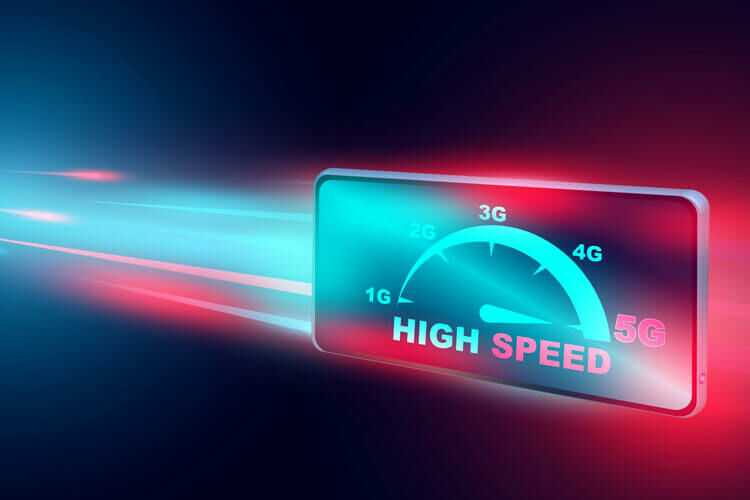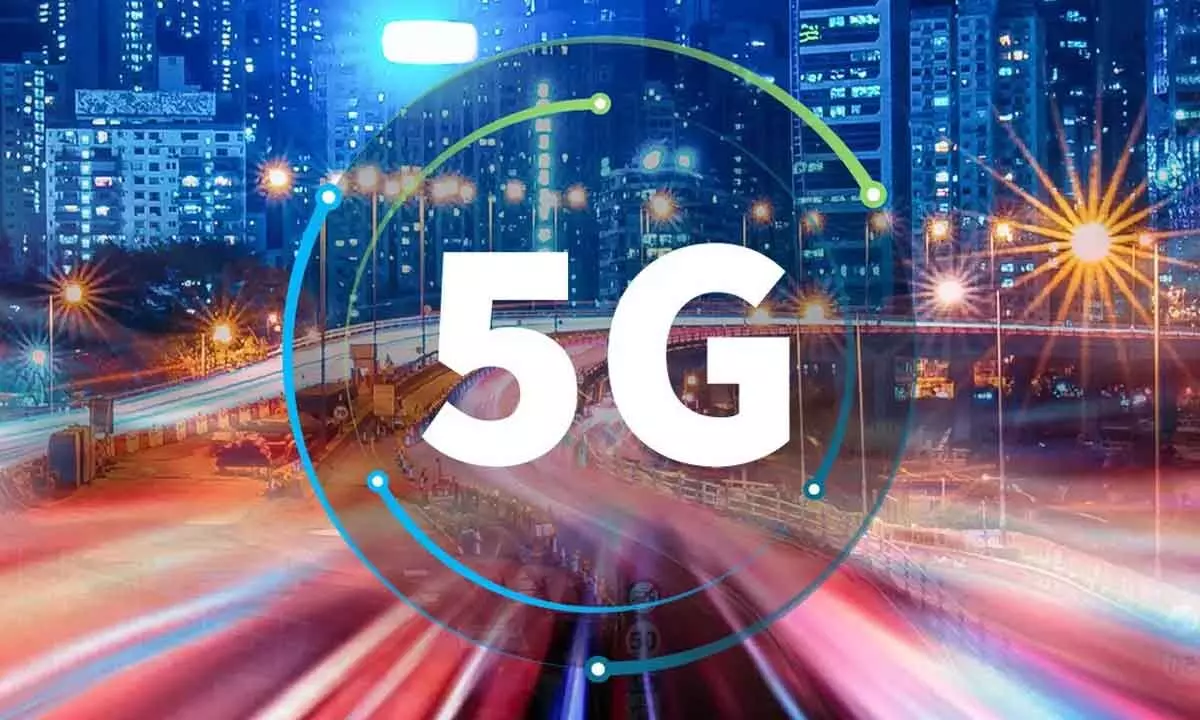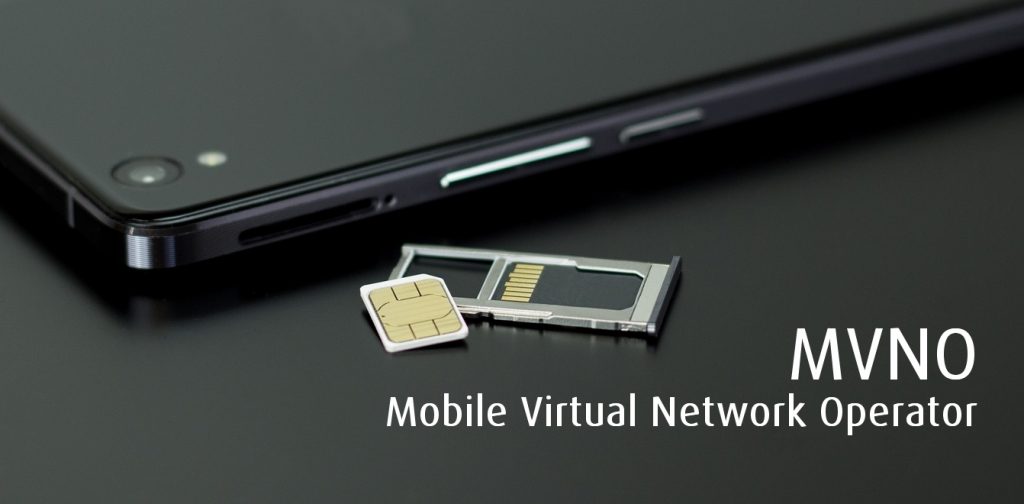Technologies Driving the Speeds of 5G Networks
The advent of 5G technology has sparked a revolution in the telecommunications industry, promising unparalleled speeds, low latency, and transformative connectivity. To achieve the blazing-fast speeds associated with 5G, a combination of innovative technologies is being employed. This article delves into the key technologies driving the speeds of 5G networks, highlighting their significance and impact on the future of connectivity.

Unlocking the Future of Connectivity
I. Millimeter Wave (mmWave) Technology
Millimeter wave frequencies, in the range of 24-100 GHz, are used to transmit large amounts of data at ultra-fast speeds. These high-frequency bands allow for significantly higher data transfer rates, but they have shorter range and are susceptible to interference from physical obstructions.
- Overview of mmWave Frequencies
- Advantages of mmWave for High-Speed Data Transfer
- Challenges and Limitations of mmWave Technology
- Solutions to Overcome mmWave Challenges
- Real-World Applications and Use Cases

II. Small Cell Networks
5G networks rely on a dense deployment of small cells, which are low-power base stations that cover smaller areas compared to traditional macrocells. Small cells help increase network capacity and provide improved coverage in densely populated areas.
- Understanding Small Cell Networks in 5G
- Deployment Strategies and Considerations
- Benefits of Small Cells for Enhanced Capacity and Coverage
- Challenges in Implementing Small Cell Networks
- Small Cell Backhaul Solutions
- Success Stories and Practical Applications.
III. Massive MIMO (Multiple Input Multiple Output)
Massive MIMO technology involves deploying a large number of antennas at the base station and user devices. This enables multiple data streams to be transmitted and received simultaneously, increasing network capacity, spectral efficiency, and overall performance.
- Introduction to Massive MIMO Technology
- Exploring the Concept of Antenna Arrays
- Advantages and Significance of Massive MIMO
- Overcoming Challenges in Massive MIMO Implementation
- Enhanced Throughput and Spectral Efficiency
- Massive MIMO Deployments and Case Studies
IV. Beamforming Technology
Beamforming is a technique used in 5G to focus the radio signal in a specific direction towards the user’s device. By directing the signal where it is needed, beamforming improves signal strength, data rates, and overall network performance.
- Understanding Beamforming in 5G
- Principles and Techniques of Beamforming
- Benefits of Beamforming for 5G Networks
- Beamforming Algorithms and Approaches
- Practical Applications and Impact on Network Performance

V. Network Slicing
Network slicing allows the division of a physical network into multiple virtual networks, each tailored to specific applications or services. This technology enables network resources to be allocated dynamically, providing optimized connectivity, latency, and bandwidth for different use cases simultaneously.
- Introduction to Network Slicing in 5G
- Benefits and Significance of Network Slicing
- Types of Network Slices
- Network Slicing Challenges and Solutions
- Practical Use Cases and Industry Examples.
VI. Carrier Aggregation:
Carrier aggregation combines multiple frequency bands to increase bandwidth and enhance data speeds. By aggregating different bands, 5G networks can take advantage of a wider spectrum and provide higher data rates.
- Exploring Carrier Aggregation in 5G
- Benefits and Advantages of Carrier Aggregation
- Carrier Aggregation Techniques and Configurations
- Challenges and Considerations in Carrier Aggregation E. Successful Implementations and Impact on Speeds
The ground breaking speeds offered by 5G networks are made possible through a convergence of cutting-edge technologies. Millimeter Wave, Small Cell Networks, Massive MIMO, Beamforming, Network Slicing, and Carrier Aggregation each play a vital role in unlocking the potential of 5G connectivity. By leveraging these technologies, network operators can deliver ultra-fast speeds, low latency, and enhanced network performance, enabling a wide range of transformative applications. As the deployment of 5G networks continues to expand, further advancements and innovations are expected, paving the way for a new era of connectivity and empowering industries, businesses, and individuals with unprecedented possibilities.
It’s important to note that the implementation and availability of these technologies may vary depending on the specific network operator, region, and the stage of 5G deployment. Additionally, new advancements and technologies may emerge as 5G continues to evolve.
By Abdul W Moghul
 MVNO MVNE MNO Mobile & Telecoms industry intelligence Telecoms Jobs, News and Business
MVNO MVNE MNO Mobile & Telecoms industry intelligence Telecoms Jobs, News and Business






